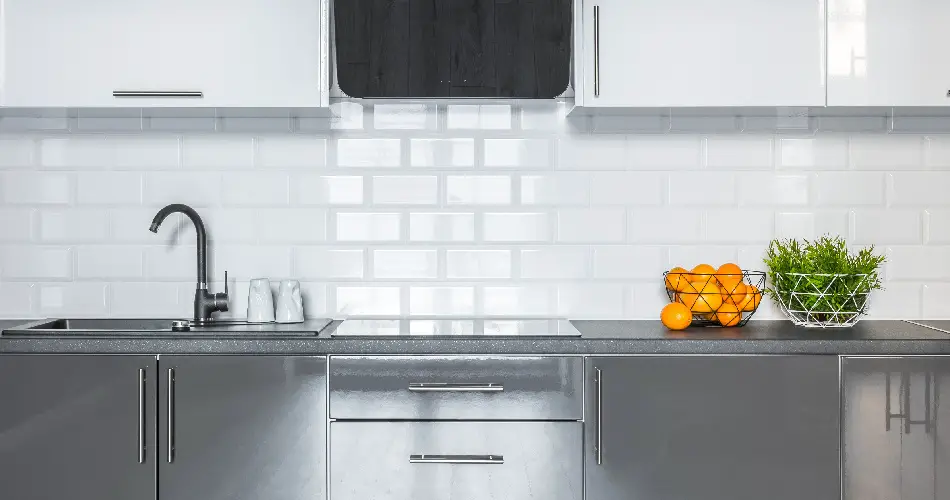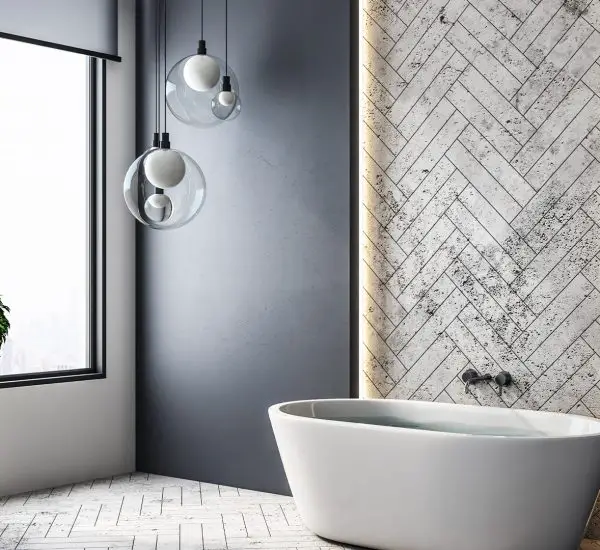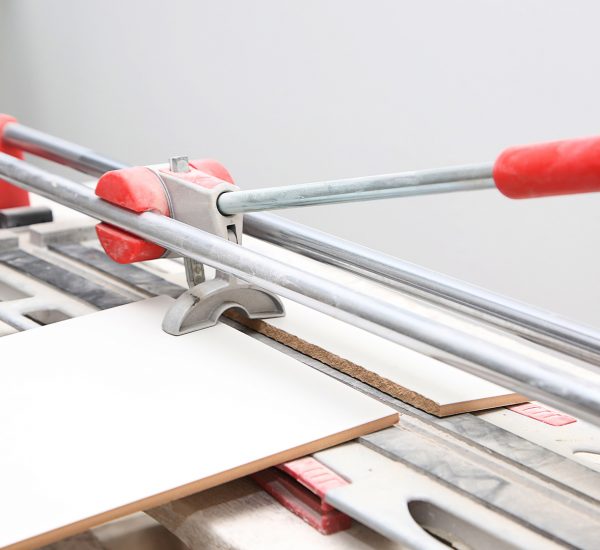Tiles have been a staple in homes for many decades. Tiles have not only been used in homes, they can also be found in many commercial properties and public environments.
Metro tiles in the last few decades have become one of the most popular types of tiles. Metro tiles became one of the most popular tiles through their simplistic but iconic design and the low costs to purchase. Metro tiles were first seen in the underground train station in London, Paris and New York. Metro tiles are also commonly known as underground and subway tiles too.
What Is A Metro Tile?
A Metro tile is the type of tile that is typically shaped like a brick and come in 3 common sizes 10x30cm (100x300mm), 7.5x15cm (75x1300mm) and the most common being 10x20cm (100x200mm). Metro tiles consist of a base, usually made from ceramic, which is then topped with a glaze which finished off the tile.
Metro tiles are commonly found in kitchens, bathrooms and public spaces. However, in recent years we have seen metro tiles appear in many different locations such as; outdoor spaces, hallways and even living rooms. With the trend of using metro tiles in uncommon spaces, we have seen a number of unique ways that the tiles are being used.
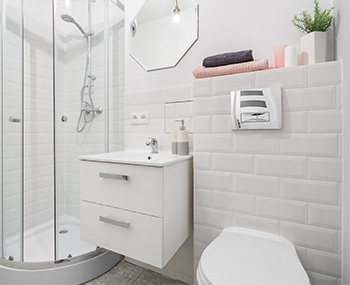
History Of The Metro Tile
Tiles have been around for quite some time. The earliest evidence we have of tiles is some glazed bricks which were thought to have been in the Elamite Template and Chogha Zanbill which date back to the 13th century BC.
During the start of the 20th century, architects created the first underground train stations, most commonly known now as metros, subways and undergrounds. During this time square tiles were the standard, no one had tried to use any other shapes or designs when designing a space.
When the first underground train stations were created, the walls were lined with a rectangular tile, never seen before. The designers, George C. Heins and Christopher Grant La Farge created the distinctive 3×6″ (7.5x15cm) tiles along with some decorative mosaics, which can still be found in the first New York Subway station.
The tiles were then copied in other underground station projects around the world including, the metro in Paris and the London underground. Hence where the names subway, metro and underground tiles came from. Most of the original tiles are still in place in some underground stations around the world. But some have been replaced with the newer and larger metro tiles or with modern building materials.
During Victorian times, people become obsessed with hygiene and this was the main thought behind the metro tile. With their glazed finish, metro tiles were designed to be easy to clean and low maintenance, unlike other tiles from the same era.
What Kinds Of Metro Tiles Are There?
There are many different varieties of metro tiles on the market, they range from the standard white gloss tiles to the marble effect metro tiles and high detail tiles. Most homeowners will use the classic metro tile in white or any other colour. You can also select between two common finishes, gloss and matt, and two common styles bevelled and flat.
Metro tiles can come in a wide range of colours from classic colours like white and black to the whole rainbow including lime green and pink. Many manufacturers have started to adopt subtle pastel colours and two-tone colours to keep up with the latest trends.
In recent years manufacturers have been developing new technologies to allow for more intricate designs to be printed on to the tiles while keeping up with production speeds. This has given us the marble effect metro tile which closely resembles marble surfaces, but without the cost. Another emerging trend it the use of wood grain textures, some manufacturers have started to release wood effect metro tiles which match the fine details in wood and even copy the texture through stamping the glaze before it is fired.
There will always be more designs and styles coming to market as tile manufacturing technologies develop and designers try different ideas out. You will just have to wait and see what the next metro tile will look like.
How To Lay Metro Tiles
Metro tiles can be laid in many ways. They are normally used on the walls and are not that common on floors due to the fragile nature of the tiles. However, they can be used on the floors if your select a metro tile which is designed to be used on the floors.
BRICK BOND
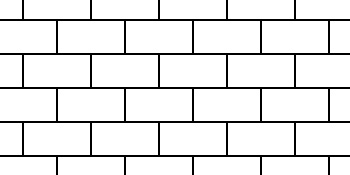
The most common way to lay a metro tile is in the brick layout. This layout is designed to replicate the look of laid bricks. You first lay down a single line of tiles, and then the second line is placed above that with the edges of the tiles meeting up with the centre of the previous layer. Once repeated, it will resemble the look of a brick wall.
STRAIGHT

The straight method involves lining all the tiles up with all the grout lines matching, unlike the brick bond method. Lining all the tiles up can bring some uniformity to your design. Metro tiles using the straight method are typically found in bathrooms and kitchens with strong geometric styles.
VERTICAL

Horizontal layouts are the more traditional method, however, a vertical alignment of the tiles in either straight or brick bond layouts help draw your eyes up the wall towards the ceiling or a feature like a light or a picture. Using metro tiles in a vertical arrangement works incredibly well within a show cubicle as it helps to make a feature out of your otherwise dull shower head.
HERRINGBONE
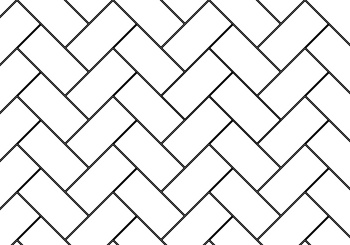
Herringbone layouts have become increasingly popular in recent years and metro tiles have not skipped this trend. When using metro tiles in a herringbone layout, you will need to take the short edge of one tile and place on the long side of one of the other tiles. This is then repeated up or along the wall. Using the herringbone method can be tricky as the tiles are normally placed at a 45-degree angle to any other lines like another wall, ceiling or floor. This is why care should be taken when laying your tiles to ensure that the tiles look excellent and are not wonky on the wall. The herringbone pattern is most commonly used in showers, a backsplash or as a feature piece.
Do I Need To Finish My Metro Tiles?
Most metro tiles come with a glaze, this glaze is designed to protect the biscuit of the tile. However, if the tiles are being used in a bathroom, as a splashback or in an environment where moisture is likely to come in touch with the tile, it is highly recommended that you seal the grout between the tiles to stop liquids from getting behind the tiles.
If the metro tiles that you are using are un-glazed you will want to seal the tiles using a standard penetrating tile sealer. This will absorb into all the small pores within the tiles surface and provide a clean look and help protect your tiles for many years to come. It is worth remembering that some tile sealers are designed to last only a few years and they will need reapplying. Always check the sealers packaging and manufacturers guide to determine if reapplying will need to be done.
Now you know everything you need to know about metro tiles you can start your own tiling project with the famous metro tile.

